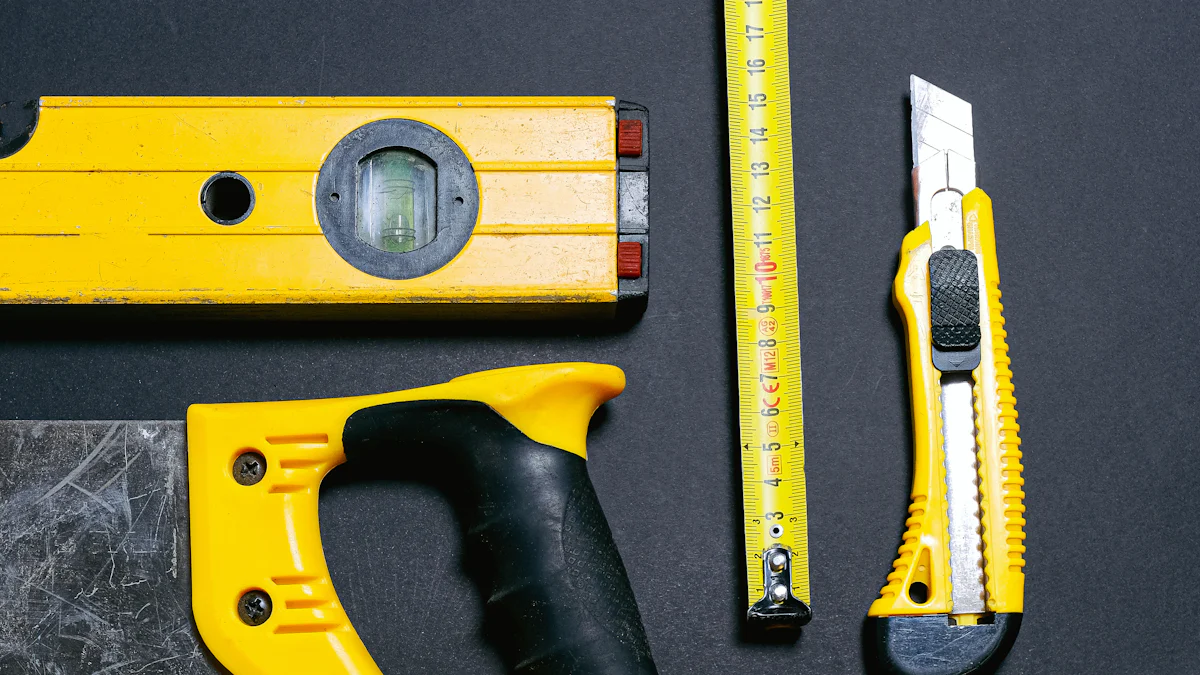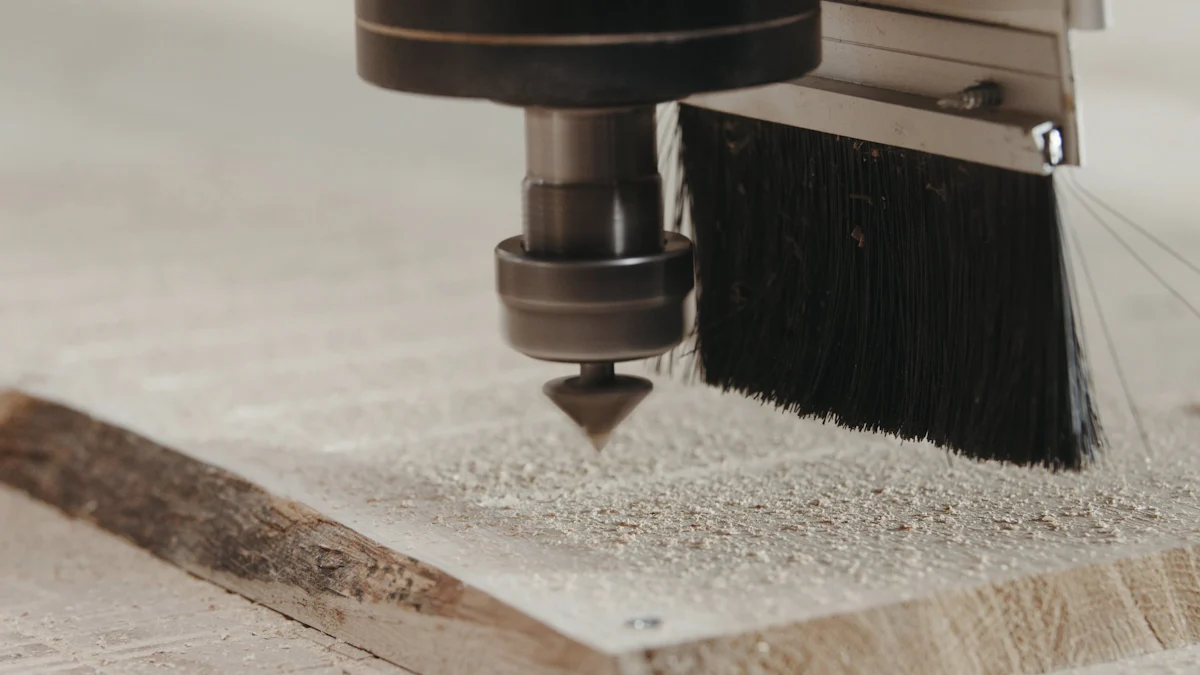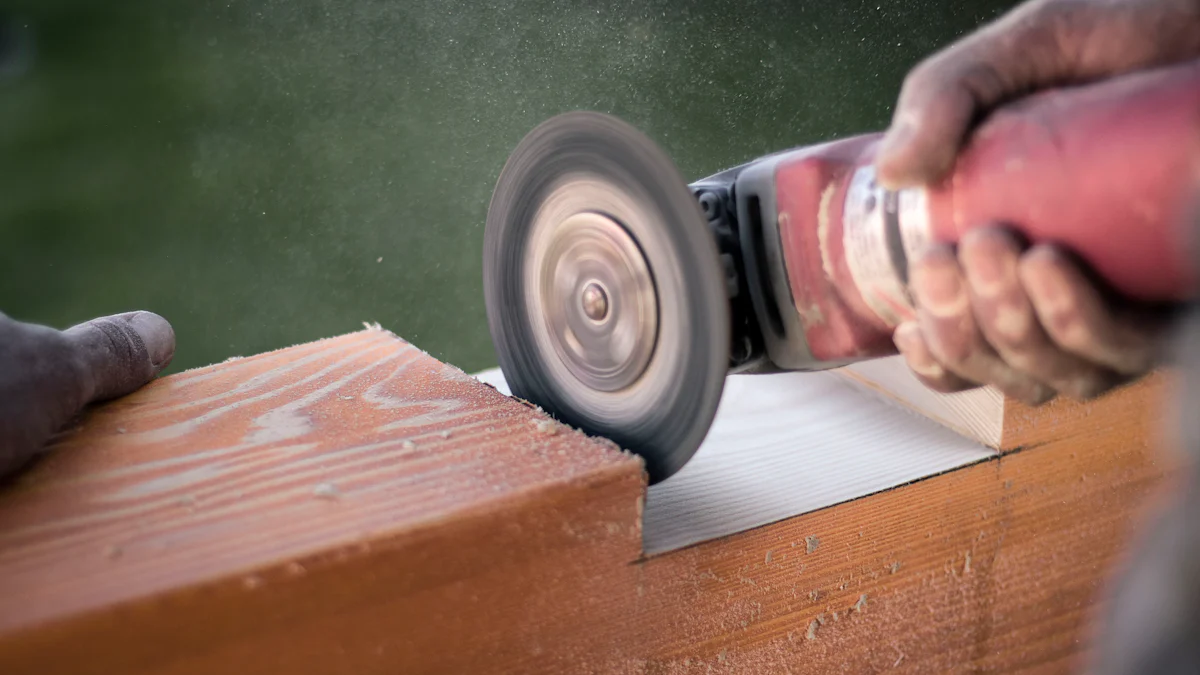
Bookbinding involves assembling and securing pages to create a book. Clean, precise corners play a crucial role in achieving a professional finish. A corner cutting tool helps achieve these sharp corners. This tool trims and shapes materials like paper, fabric, and cardstock. Different types of corner cutters exist for various needs. Using this tool ensures neat and accurate corners, enhancing the overall quality of bookbinding projects.
Understanding the Corner Cutting Tool

What is a Corner Cutting Tool?
Definition and Purpose
A corner cutting tool trims and shapes the corners of materials like paper, fabric, and cardstock. This tool ensures neat and precise edges, which enhances the overall quality of bookbinding projects. The main purpose involves creating clean, professional corners that improve the appearance and durability of books.
Types of Corner Cutting Tools
Different types of corner cutting tools exist for various needs:
- Rotary Corner Cutters: These use a circular blade to cut multiple sheets at once. They offer a faster cutting process than traditional cutters.
- Corner Miter Tools: These help cut fabric or paper at corners during bookbinding, cartonnage, and scrapbooking projects. They provide quick and easy cuts, resulting in standard corners.
- Metal Corner Cutting Tools: These are durable and ideal for bookbinding, cartonnage, and box making. They ensure precise mitering of corners.
Key Features to Look For
Blade Quality
High-quality blades ensure clean and accurate cuts. Look for blades made from durable materials like stainless steel. Sharp blades reduce the risk of frayed edges and improve the overall finish of your bookbinding projects.
Handle Ergonomics
Comfortable handles reduce hand fatigue during prolonged use. Ergonomic designs provide a better grip and control, making the cutting process smoother and more efficient. Choose tools with cushioned or contoured handles for added comfort.
Safety Features
Safety features protect users from accidental cuts. Look for tools with blade guards or locking mechanisms. These features prevent the blade from being exposed when not in use, reducing the risk of injury.
Where to Purchase
Online Stores
Many online stores offer a wide range of corner cutting tools. Websites like Amazon, eBay, and specialized craft stores provide various options. Online shopping allows you to compare prices and read reviews from other users.
Local Craft Stores
Local craft stores often carry corner cutting tools. Visiting a store allows you to see and feel the tool before purchasing. Store staff can also offer advice and recommendations based on your specific needs.
Price Range
Corner cutting tools come in different price ranges. Basic models start at around $10, while high-end tools can cost over $50. Consider your budget and the frequency of use when choosing a tool. Investing in a high-quality tool can save time and effort in the long run.
Preparing for Use
Setting Up Your Workspace
Necessary Materials
Gather all required materials before starting. You will need:
- A corner cutting tool
- Book covers or pages to be trimmed
- A cutting mat to protect your work surface
- A ruler for precise measurements
- A pencil for marking
Having these materials ready ensures a smooth workflow.
Safety Precautions
Safety should always come first. Follow these precautions:
- Wear protective gloves to avoid cuts.
- Ensure the cutting mat is secure and flat.
- Keep fingers away from the blade while cutting.
- Store the corner cutting tool in a safe place when not in use.
These steps help prevent accidents and ensure a safe working environment.
Preparing the Book Materials
Measuring and Marking
Accurate measurements are crucial for clean cuts. Follow these steps:
- Use a ruler to measure the corners of your book materials.
- Mark the cutting points with a pencil.
- Double-check the measurements for accuracy.
Precise measurements lead to better results.
Aligning the Materials
Proper alignment ensures even cuts. Follow these tips:
- Place the book cover or pages on the cutting mat.
- Align the marked points with the edge of the cutting tool.
- Hold the material firmly to prevent slipping.
Correct alignment guarantees neat and professional corners.
“I ensure color matching and consistency in bookbinding projects by meticulously selecting materials and using precise techniques.” – Anonymous
Meticulous planning and execution enhance the final product’s quality.
Step-by-Step Guide to Using the Corner Cutting Tool

Positioning the Tool
Correct Placement
Place the corner cutting tool on a stable surface. Align the tool with the marked points on your book materials. Ensure the blade faces the corner you plan to cut. Proper alignment guarantees precise cuts.
Ensuring Stability
Hold the corner cutting tool firmly. Use your non-dominant hand to stabilize the material. Press down to keep the tool from shifting. Stability prevents uneven cuts and enhances safety.
Making the Cut
Applying the Right Pressure
Apply steady pressure on the corner cutting tool. Avoid pressing too hard, which can damage the material. Light but firm pressure ensures a clean cut. Consistent pressure maintains the integrity of the blade.
Techniques for Clean Cuts
Use smooth, controlled motions. Start from the outer edge and move inward. Avoid jerky movements to prevent jagged edges. Practice on scrap materials to perfect your technique. Clean cuts improve the overall appearance of your bookbinding project.
Post-Cutting Steps
Inspecting the Cuts
Examine each corner after cutting. Look for frayed edges or uneven cuts. Check the alignment of the cuts with the rest of the material. Inspection helps identify any mistakes early.
Making Adjustments if Necessary
Make minor adjustments if needed. Use a sharp blade for any corrections. Re-align the corner cutting tool carefully. Repeat the cutting process if necessary. Adjustments ensure a professional finish.
“Consistent and repeatable edge prep is critical to cutting tool edge.” – Edge Prep Case Study
A well-maintained corner cutting tool enhances the quality of your bookbinding projects. Regular practice and attention to detail lead to better results.
Tips for Better Results
Maintaining Your Tool
Cleaning the Blade
Regular cleaning keeps the blade sharp and effective. Use a soft cloth to wipe off any residue after each use. Avoid using water or harsh chemicals. Clean blades ensure smooth cuts and extend the tool’s lifespan.
Regular Sharpening
Sharpen the blade periodically to maintain its cutting efficiency. Use a sharpening stone or a specialized tool. Follow the manufacturer’s instructions for best results. A sharp blade reduces the risk of frayed edges and improves the quality of your bookbinding projects.
Common Mistakes to Avoid
Incorrect Positioning
Incorrect positioning leads to uneven cuts. Always align the tool with the marked points on your material. Ensure the blade faces the corner you plan to cut. Proper positioning guarantees precise and professional results.
Using a Dull Blade
A dull blade causes jagged edges and frayed corners. Regularly check the blade’s sharpness before starting any project. Replace or sharpen the blade if necessary. Using a sharp blade ensures clean cuts and enhances the overall appearance of your bookbinding work.
“Absolutely! A corner cutter can be used on a variety of personal or professional projects. It is a versatile tool whether you are working on large print projects, crafts, scrapbooking, or professional presentations, a corner cutter is an essential tool to achieve precise and professional results.” – Leading Edge
Using a corner cutting tool in bookbinding ensures clean, professional corners. Practicing with the corner cutting tool helps refine your technique. Consistent use improves the quality of your projects. Explore additional resources like online tutorials and workshops to enhance your skills.
“I sometimes used these curved metal hand turners, which I still love. They are almost like wide bone folders that help you wrangle and press cloth or paper of any thickness.”
Share your experiences and questions about using a corner cutting tool in the comments. Your feedback enriches the learning community.
See Also
Scooter Upgrades: High-Quality Parts for Optimal Performance
Winter Warmth: Cozy Guide to Fuzzy Socks and Towels
